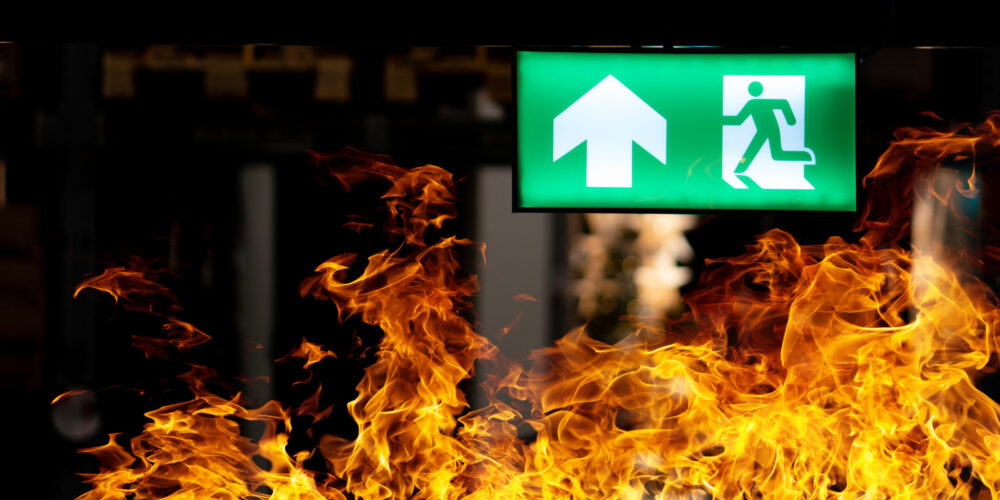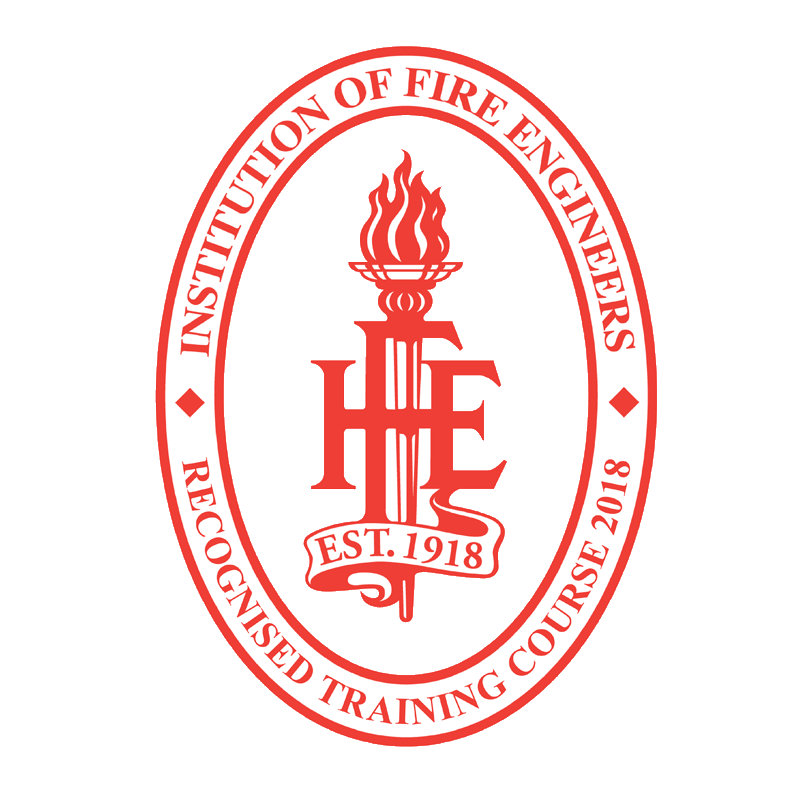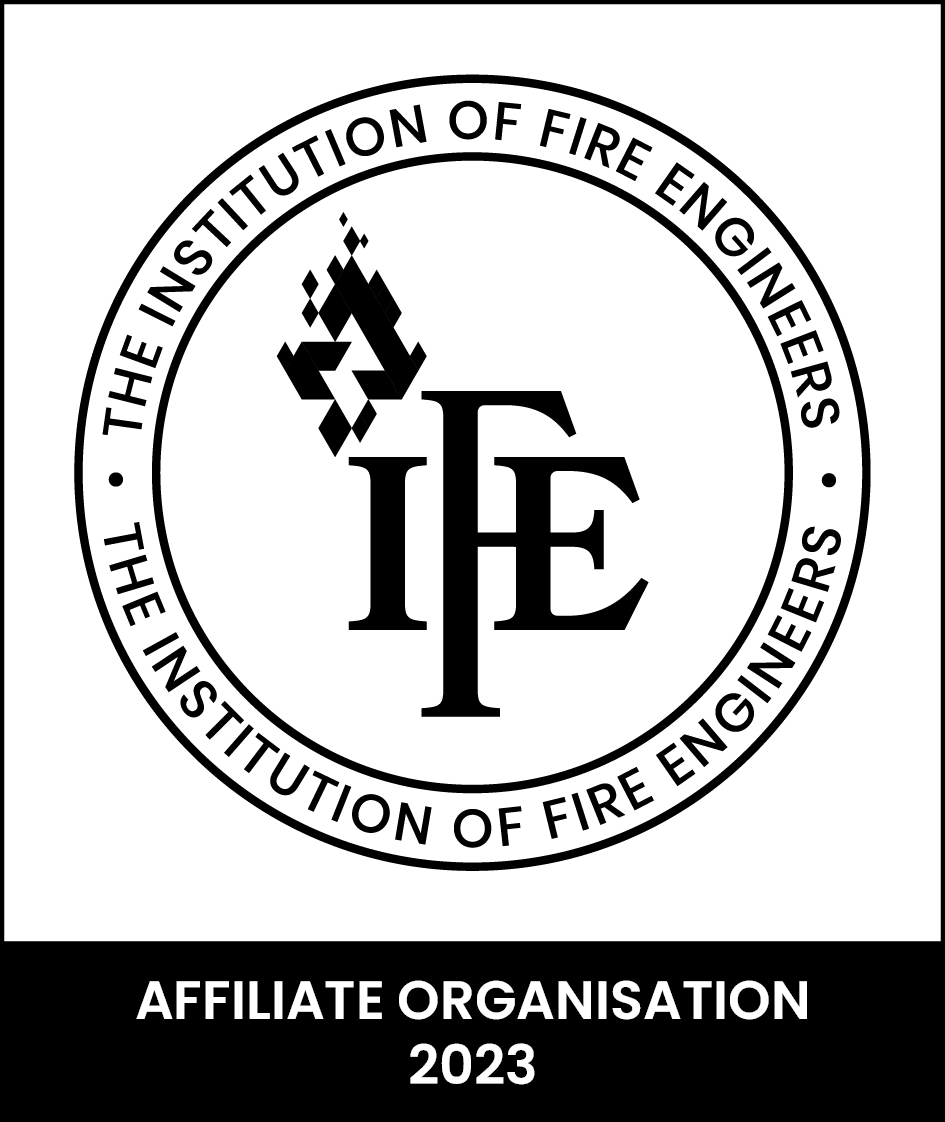
Who is Responsible for Fire Safety at your Workplace?
Fire safety is one of the most important parts of Health & Safety that workplaces need to consider. Workplace fire is a risk that we can’t ignore. Because workplaces often house highly flammable materials such as paper documents and chemicals, these fires can have devastating effects. Not only this, but workplaces usually have a high amount of traffic coming and going too, meaning many people’s safety is at risk. This is why it is so crucial for workplaces to have correct fire safety measures in place. This includes fire doors, extinguishers, risk assessments, and fire alarms. But, the question is, who is responsible for making sure these safety measures are in place? Let’s discuss this in detail below.
Why Is Fire Safety So Important In The Workplace?
The regulations surrounding fire safety can often change. This means workplaces may be breaking the law without realising it, putting staff and customers at risk. Workplace fires can be catastrophic if not controlled. Throughout one year in the UK, 22,200 fires were reported within non-dwelling properties; 3,700 of these fires were recorded in properties where fire alarms failed to sound! Working fire alarms can reduce the damage caused by fire significantly.
Workplaces have a high footfall. This large amount of traffic means many lives are at risk from workplace fires; employees need to ensure their staff and customers are safe at all times. Not only this, but fires can destroy property. If no fire safety measures are in place, a fire could quickly become out of hand and ruin a business premise. Insurance companies often don’t cover the cost of damage if these safety solutions aren’t in place. So, who’s responsible for this? Let’s find out.
Who Is Responsible for Fire Safety In The Workplace?
Historically the responsibility use to lie with Fire Service, but now as laid out in the Regulatory Reform (Fire Safety) Order 2005,the responsibility lies with whoever is in charge of the building. This can be any of the following;
- Landlords
- Owners
- Occupiers
- Employers
- Anyone who has control of the premises
These people are known as the responsible person/people; because that’s what they are! These people need to ensure all appropriate fire safety solutions are in place and kept well maintained. Their duties to those under their provision include:
- carrying out fire risk assessments of the premises with regular reviews
- telling staff about the risks they’ve identified
- putting in place appropriate fire safety measures
- planning for emergencies
- providing staff with fire safety information, instruction, and training
Fire Safety Solutions Required In The Workplace
Risk Assessments
This is the perfect first fire safety step for the responsible person to put in place. Completing a risk assessment makes you aware of vulnerable areas, allowing fire extinguishers and alarms to be located. Any hazards will become known, meaning the responsible person can then put measures in place to remove hazards where possible.
Regular fire risk assessments will highlight any threats to the safety of the building and its occupants. It is a legal requirement for workplaces with over five employees to have a risk assessment, and it must be written down. Trained professionals can help carry out risk assessments, ensuring nothing is missed, and regulations are met.
Fire Alarms
It is down to the responsible person to ensure the correct number of fire alarms are installed throughout the workplace. Rooms containing a fire risk, such as a kitchen with an oven, must have a fire alarm. All alarms should be marked with a BSI kitemark or a European safety mark. For ultimate safety, fire alarms should be installed and serviced by trained professionals. They’ll also check the correct number of fire alarms are situated throughout the premises.
Fire Doors
The responsible person must ensure all fire doors are always kept free from obstructions and remain in working condition. It is crucial for workplace premises to have the correct number of fire doors for the size of the property. Regular inspections also need to be carried out by a qualified professional. It is a legal requirement for fire doors to be installed correctly and maintained to a high standard.
Fire drills are a crucial part of fire safety, required alongside physical forms! The purpose of a fire drill is to recreate the process that would take place should a fire break out. The fire alarm is manually set off, and then the building is evacuated following the already planned evacuation procedure. The process is monitored, and any findings are recorded. If risks or hazards are found, these need to be solved to ensure the process can run smoothly in the future.
The responsible person needs to make sure fire drills are carried out regularly; the process ensures the building can be evacuated safely in an emergency.
Fire Extinguishers
These are a crucial part of fire safety in the workplace! Fire extinguishers slow down the spread of fire, potentially saving lives and preventing properties from being destroyed. The liability for ensuring fire extinguishers are available lies with the responsible person. All fire extinguishers must be serviced by a qualified person (BAFE qualification or equivalent). All extinguishers should also be inspected regularly by the responsible person to check for any apparent damage.
Seek Out Professional Help
If the responsible person is unsure about the fire safety measures in their workplace, the best advice is to get in touch with a qualified, fully-trained professional! Experienced engineers ensure your fire safety solutions are kept up to scratch and that they meet safety regulations.
If you are the responsible person and want help keeping your employees and property safe, contact Ardent Safety. With years of experience in Fire Safety, including all the fire safety measures mentioned above, Ardent Safety will work with you to ensure your workplace is compliant and safe.
Depending on the size and nature of the business in question, employers will often assign a member of staff in the role of fire marshal/ warden to oversee all fire strategies. This could include conducting fire risk assessments and establishing evacuation procedure. These wardens usually report directly to the employer to ensure company-wide fire safety practise is being implemented.
What should fire safety training at work cover?
The Fire Safety Act 2005 states that all workers should have ‘training on the appropriate precautions and actions… to safeguard themselves and other relevant persons on the premises.’ Simply put, it’s the employer’s legal duty to ensure that workers receive fire safety training relevant to their working environment when they first start working there.
Workers will need further training if they are transferred to a new place of work, if they have a change of responsibilities, or if they are introduced to new equipment that may pose a fire risk. This training should inform learners as to potential fire risks, steps they can take to reduce the chances of fire, and how they should act in the event of fire.











